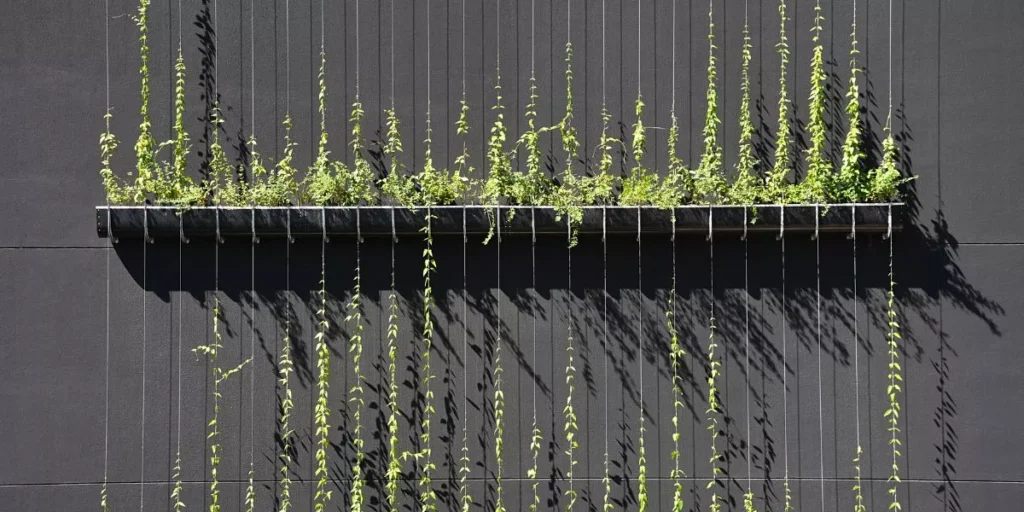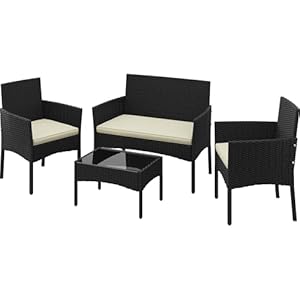
Imagine walking into your home and being greeted by a serene wall of lush greenery that not only elevates your space aesthetically but also offers a breath of fresh air. Incorporating indoor vertical gardens can truly transform your living environment, but have you considered the impact they could have on your overall well-being? From improving air quality to boosting your mood, the benefits of these botanical installations go beyond mere decoration. So, how exactly can these vertical gardens revolutionize your home environment and enhance your daily life?
Benefits of Indoor Vertical Gardens
Indoor vertical gardens offer numerous benefits for homeowners looking to transform their living spaces. By incorporating these green installations, you can enhance the air quality within your home. Plants naturally purify the air by absorbing harmful toxins and releasing oxygen, creating a fresher environment for you to enjoy. Additionally, vertical gardens can serve as a stylish focal point, adding a touch of nature and beauty to your indoor decor.
Not only do indoor vertical gardens contribute to a healthier atmosphere, but they also promote mental well-being. The presence of plants has been shown to reduce stress, boost mood, and increase productivity. Imagine coming home to a serene oasis where you can unwind and recharge after a long day.
Furthermore, vertical gardens maximize the use of space in your home, especially if you have limited square footage. You can enjoy the benefits of gardening without sacrificing valuable floor space. With vertical gardens, you can cultivate your favorite herbs, flowers, or vegetables right inside your home, adding a touch of greenery to even the smallest of spaces.
Choosing the Right Plants
Enhance your indoor vertical garden by carefully selecting plants that thrive in your specific living environment. Consider factors such as light exposure, humidity levels, and temperature variations in your home. For areas with ample natural light, opt for plants like spider plants, pothos, or succulents that thrive in such conditions. If your space has less natural light, consider low-light plants such as peace lilies, snake plants, or ZZ plants.
Additionally, think about the size of your vertical garden when choosing plants. Larger plants like philodendrons or ferns may overwhelm a small vertical garden, while smaller plants like air plants or small herb varieties can be a better fit. Tailoring your plant selection to your vertical garden’s size ensures a harmonious and visually pleasing display.
Remember to also consider the maintenance requirements of the plants you choose. If you’re a busy individual, opt for low-maintenance plants like cacti or succulents. On the other hand, if you enjoy tending to plants, consider adding more high-maintenance varieties like orchids or ferns to your indoor vertical garden. By selecting the right plants for your space, you can create a vibrant and thriving indoor oasis.
Designing Your Vertical Garden
Consider the layout and available space in your home when designing your vertical garden. Start by choosing a suitable wall or area that receives adequate sunlight for your plants. Take into account the size and weight of the containers you plan to use, ensuring that the wall can support them securely.
When arranging your vertical garden, think about the aesthetic appeal you want to achieve. Mix and match different plant colors, textures, and sizes to create an eye-catching display. You can also incorporate decorative elements like shelves or trellises to add dimension to your garden.
Another important aspect of designing your vertical garden is ensuring easy access for watering and maintenance. Place plants that require more care within reach and consider installing a drip irrigation system for efficient watering.
Lastly, consider the overall style of your home when designing your vertical garden. Whether you prefer a minimalist look or a lush, jungle-inspired oasis, make sure your garden complements the existing decor for a harmonious indoor space.
Maintenance Tips
To keep your vertical garden thriving, regular watering and pruning are essential maintenance tasks. Water your plants consistently but be careful not to overwater, as this can lead to root rot. Check the moisture level of the soil regularly by inserting your finger about an inch deep – if it feels dry, it’s time to water.
Pruning is crucial to maintain the health and appearance of your vertical garden. Trim off any dead or yellowing leaves to encourage new growth and prevent diseases from spreading. Additionally, keep an eye out for any pests that may be attracted to your indoor garden. Wiping down the leaves with a mild soap solution can help deter pests and keep your plants healthy.
Lastly, monitor the light conditions in your home to ensure your vertical garden is receiving adequate sunlight. Rotate your plants occasionally to promote even growth and prevent them from leaning towards the light source. By following these maintenance tips, you can enjoy a flourishing indoor vertical garden all year round.
Garden














